Is British wool the fibre of the future?
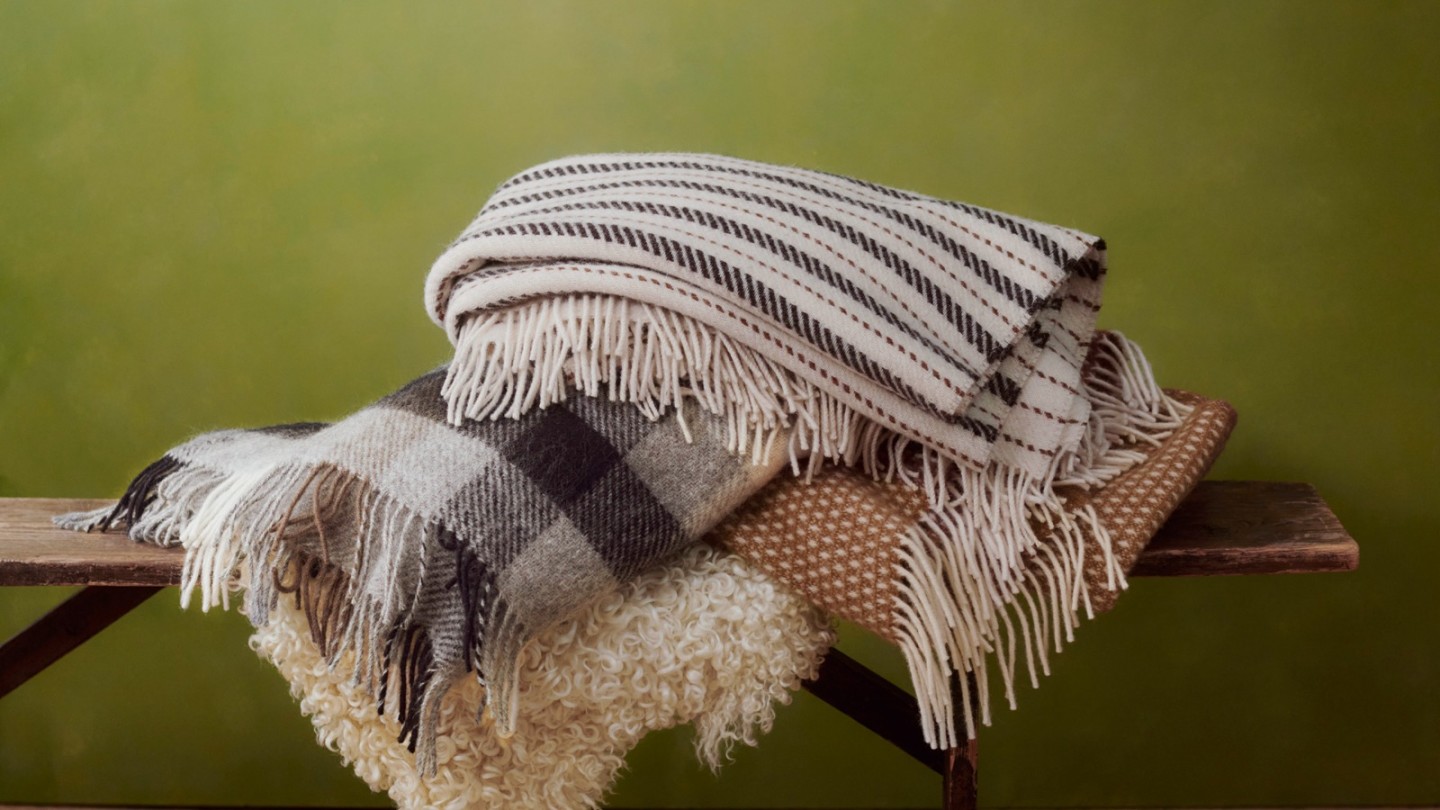
Simply sign up to the Style myFT Digest -- delivered directly to your inbox.
We’re all familiar with farm-to-table. But what about sheep-to-sleep? In the era of hyper-localisation, that’s the message being proffered by Floks, a Yorkshire-based woollen bedding brand offering duvets, pillows and mattress toppers filled with the fleeces of sheep that graze the British countryside. Founded in 2021, Floks sources from the hardy Cheviot breed, farmed since the 1400s in the Scottish borders. As it turns out, it has a lustrous white wool that’s quite lovely to laze under.
“Customers have sent me their improved Fitbit sleep scores after buying our pillows,” says founder Sophie Platts, who began her love affair with woollen bedding when trying to solve her own nighttime woes: she kept waking up sweating, and organic cotton or linen sheets weren’t making a difference. While Floks’ pillows are plump, the duvets are slim with a natural crispness “that takes a bit of getting used to… Wool regulates your body temperature, keeping you cool in summer and warm in winter.” Most bedding is made from goosedown or polyester, but Platts makes hers using traceable British fleece in Yorkshire. “Wool is sustainable and natural,” she says. “There’s an abundance of it here. We need to question why we’ve not been using it before.”
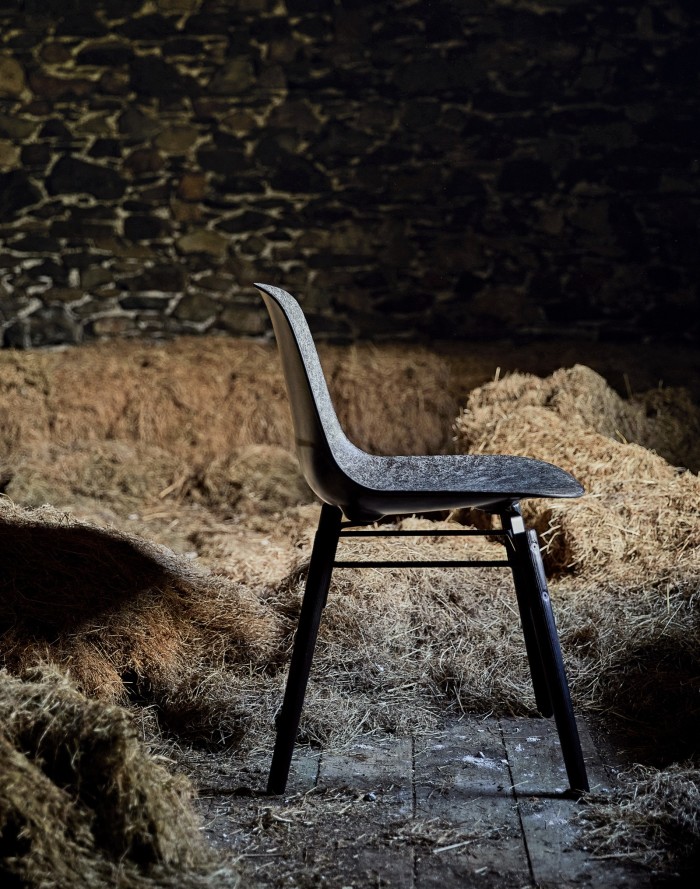
Platts is one of a number of makers putting British wool back on the map – that is, wool from homegrown sheep, not imported fibres that are spun into yarns in England; both, confusingly, are marketed the same way. Welsh mill Melin Tregwynt, which has created homewares for Margaret Howell and Comme des Garçons, makes technicolour throws and cushions woven with quintessentially Welsh motifs, while Purdey and Toast offer snuggly blankets sourced from sheep in Scotland. Solidwool, based in Devon, innovatively turns the flecked grey fleeces of Cumbria’s Herdwicks into a bio-resin used for slick, Danish-looking dining chairs. “The beauty of the fleece really shines through,” says creative director Andy Guard of the chairs, which look like plastic but take a full day each to make by hand.
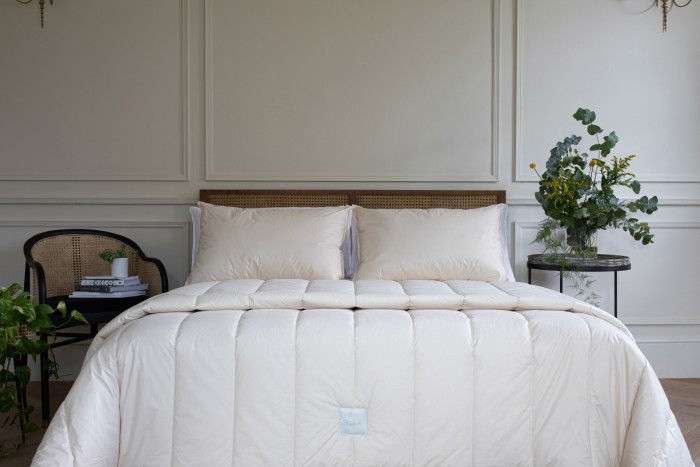
A menagerie of knitwear brands are joining the herd too. Navygrey, &Daughter and Yan Tan create chunky sweaters spun from the Bluefaced Leicester – a snowy breed whose superfine fleece is being touted as an alternative to Australian merino. “It’s much softer than you’d expect [from a British breed],” says Navygrey’s Rachel Carvell-Spedding, who sources all her Bluefaced fleeces from north-west England. “People sometimes ask if our jumpers have cashmere in them.”
Even John Smedley and Johnstons of Elgin, known for their New Zealand merino and Mongolian cashmere respectively, have just released Proper Brit Knits: a sweater and a “farmer’s blanket”, both created in partnership with the Campaign for Wool, the initiative established by King Charles III. Johnstons worked with five local farming families in Scotland, turning 60 bluefaced fleeces into 200 blankets. Priced at £245, from field to finished product they travel less than 300 miles.
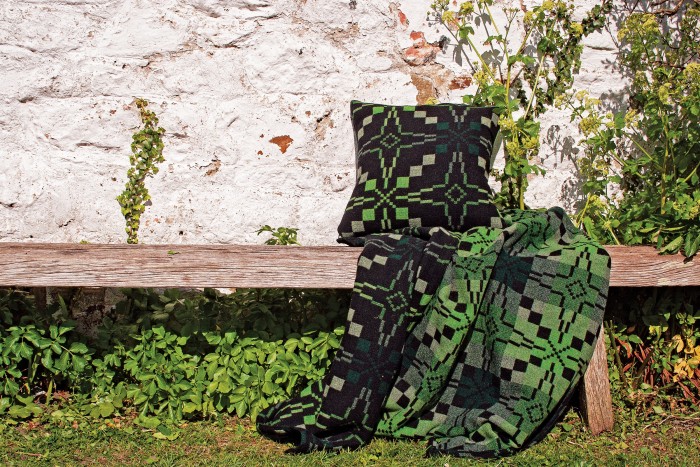
Wool was once the UK’s most valuable commodity. In the 1300s, Flemish and Italian weavers sailed to England to snap up its golden fleeces; after Queen Elizabeth I was given a pair of wool stockings, she apparently swore from then on to only wear clothes made from Ryeland wool. Speakers in the House of Lords used to sit on a 14th-century cushion stuffed with it – reflective of its economic significance. The stock market even takes its name from livestock. But supply has outstripped demand in recent decades. Farmers have lost out. Mills and spinners shut as manufacturing was moved offshore. The boom in synthetics sent prices in a downward spiral. And with the exception of Harris Tweed, British wools – sturdier than merinos and cashmeres that now have the monopoly over the luxury industry – were deemed unsoft and a bit unsexy. (The Woolmark Company, on behalf of Australian merino growers, spent A$38.8mn on marketing alone in 2021-22.)
“British wool’s reputation got stuck as stodgy, scratchy and only suitable for carpets,” says Carvell-Spedding. “Imported cashmeres got cheaper every year, and most other knitwear is blended with silicones.” Customers got used to this softness against the skin. “British wool has an earthiness to it,” she notes.
Farmers have been known to burn it. With fleeces worth so little, the time and labour required to shear, sort, bale and transport wool to British Wool, the body responsible for auctions, meant selling it was a loss-making enterprise. (BW also takes a cut on every kilo sold for operating costs.) “In 1910, my great-great uncle was paid £94 for 800kg of wool,” says Justin Carton, a tenant farmer on the Duchy Estate in Somerset, who supplied John Smedley with wool this season. Online inflation calculators put £94 as worth more than £5,000 in 2022. In recent seasons, the average farmer got paid £290 for 800kg. “It would not have covered the cost of shearing,” says Carton.
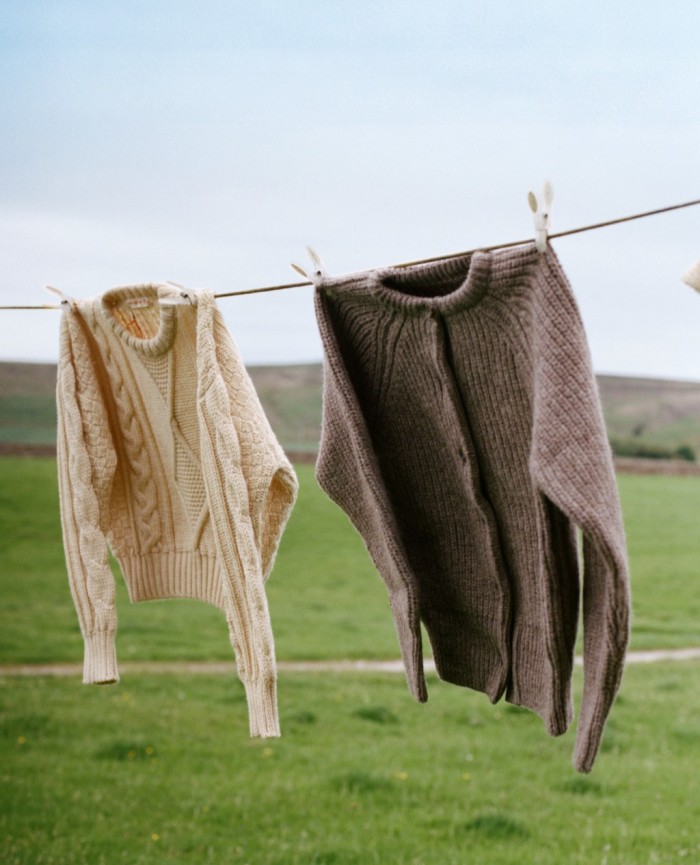
But the situation is changing and prices of the finer fleeces are migrating north. “The cost of Bluefaced Leicester fleeces has shot up,” says Ruth Alice Rands, founder of Herd, a knitwear brand with an external sourcing arm: it partners with 40 Bluefaced breeders in northern England to supply brands such as Toast and Sunspel. Pristine Bluefaced fleeces sold for £7 a kilo at the last auction, according to BW, up 70 per cent over recent years. Herdwick fleece sold for £1.25 a kilo: each sheep provides 2kg of wool. “It feels good to make more money,” says farmer Anton Coker, who supplied John Smedley with springy white wool reared on his 600-hectare Dartmoor farm.
Farmers get more cash by selling direct but most brands buy in low volumes, which renders it mostly unfeasible. Some farms, then, have started selling their own wares to consumers. From his family farm in Dorset, fashion designer Joshua Millard offers crewneck sweaters in hues of cornflower blue and 100g skeins of three-ply undyed knitting yarn from his Bluefaced flock. Meanwhile, in the Lake District, farmer Maria Benjamin sells balls of wool from native breeds via her wool brand Shear Delight (from £6). She also sells a grey-brown tweed by the metre, which is crafted from farmer James Rebanks’s Herdwick sheep. Both will appeal to the at-home maker.
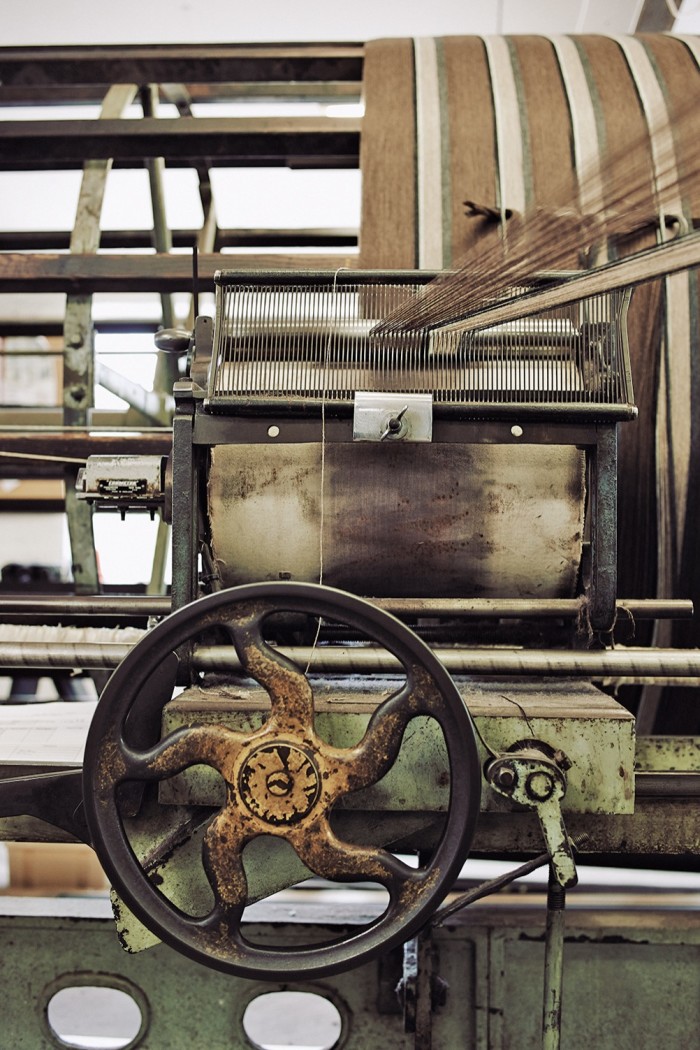
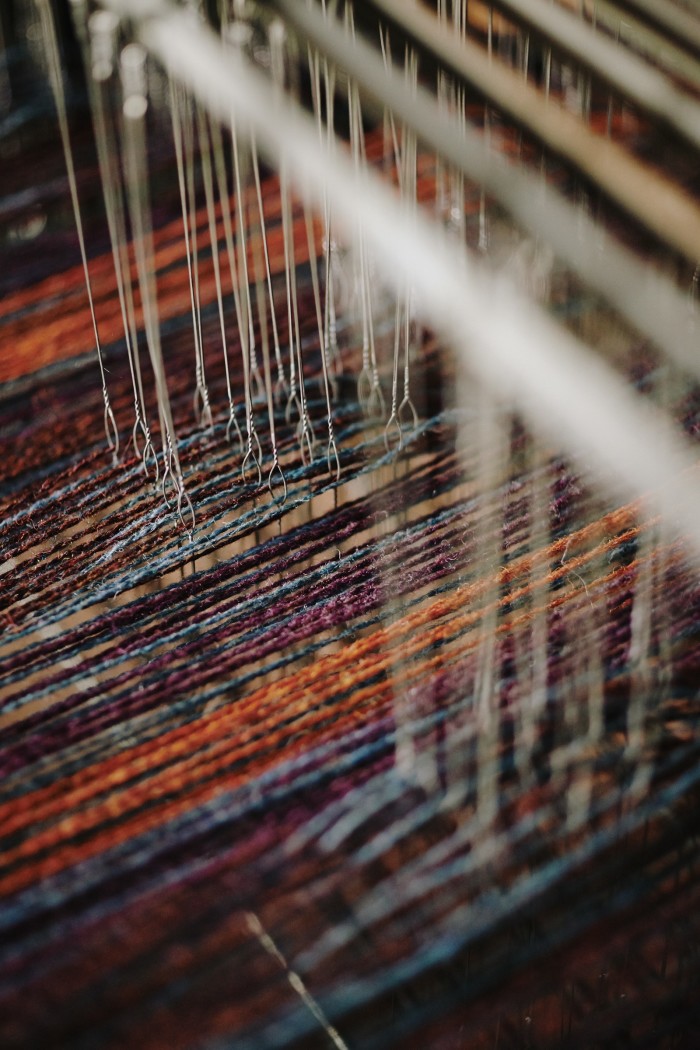
Brexit has been a disaster for farmers. But a flipside is that more brands are looking closer to home. “Costs to import wools are going up around every six months,” says Eifion Griffiths of Melin Tregwynt, which had operated as a family-owned mill since opening in 1912; this year, it switched to an employee-owned trust. Brexit has “caused a mess… there’s issues with transport, plus the cost of power and the depreciating value of the pound makes everything more expensive.” He’s working on a Cambrian Mountains wool collection – a rarely utilised breed – which is 20 per cent more expensive at cost price than imported lambswool. But it comes without the extra fees and delays. “Another advantage of British wool is the stability of the supply chain,” he says.
Sustainability is a further draw. Merino can rack up 18,000 air miles; British fleece is a by-product of the ancient agricultural industry. “We want to take something that’s been unwanted and make something beautiful,” says Solidwool’s Guard; he’s prototyping other furniture pieces using the resin, which is made with Herdwick and recycled wools. Each chair contains an entire fleece, mixed with 50 per cent bio-based materials that reduce traditional chemical use. “It’s a sustainable alternative to plastic.” Some 95 per cent of the world’s Herdwicks live within 14 miles of Cumbria’s Coniston. “Using it not only reduces our carbon footprint but keeps alive traditional skills, craftsmanship and farms.”
It makes for evocative storytelling. “That warm and comforting feeling you get when you pull on your favourite jumper [is exacerbated] with British wool,” says Carvell-Spedding. “There’s something very special about keeping it so local: the people, the product and the purpose.” For customers and brands, this transparency is key. “People are becoming more informed about what they put in their bodies, but also on their bodies and their environment,” says Platts. “You can’t go to the countryside here without seeing sheep, it’s part of our heritage. Knowing we are supporting British farmers when you get under our covers… it’s an emotional connection.” Count the sheep, drift off to sleep, and all that.
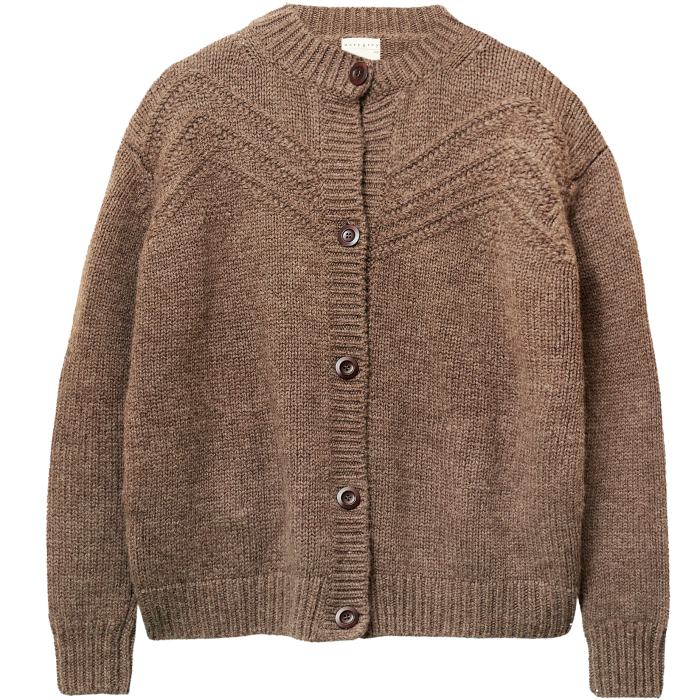
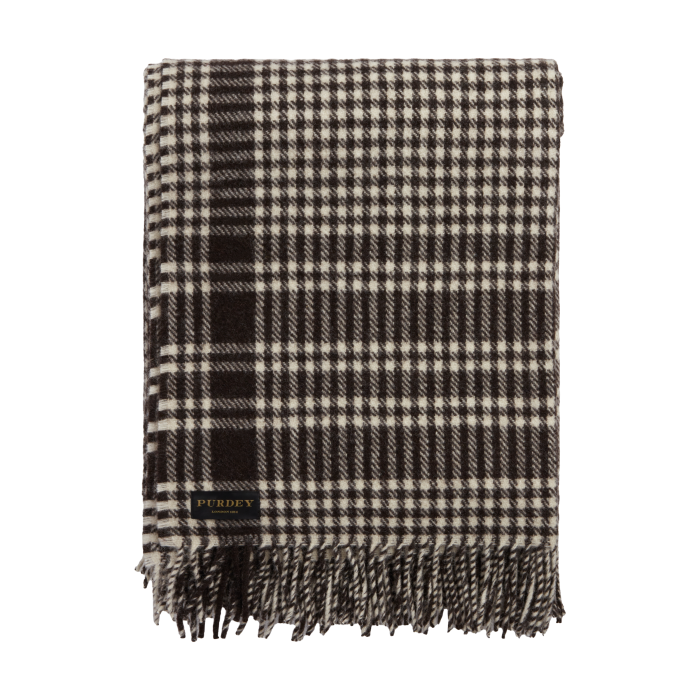
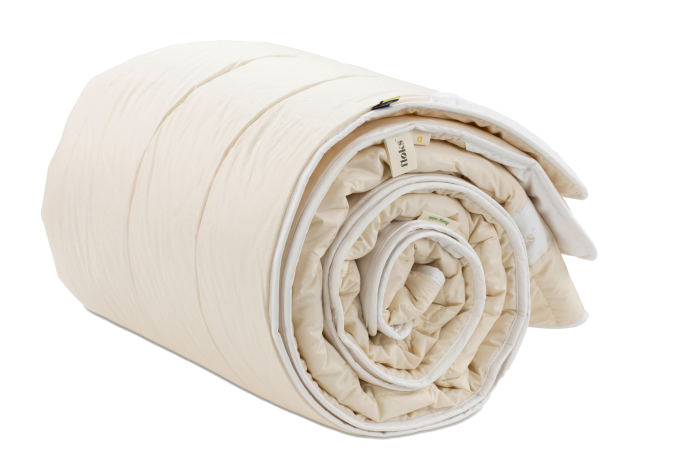
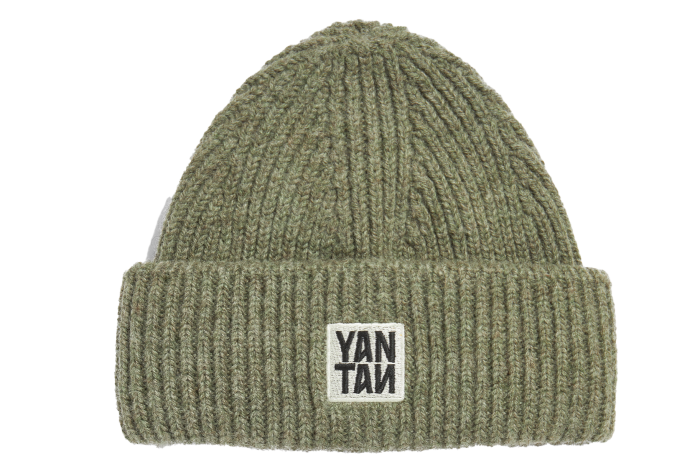
Comments